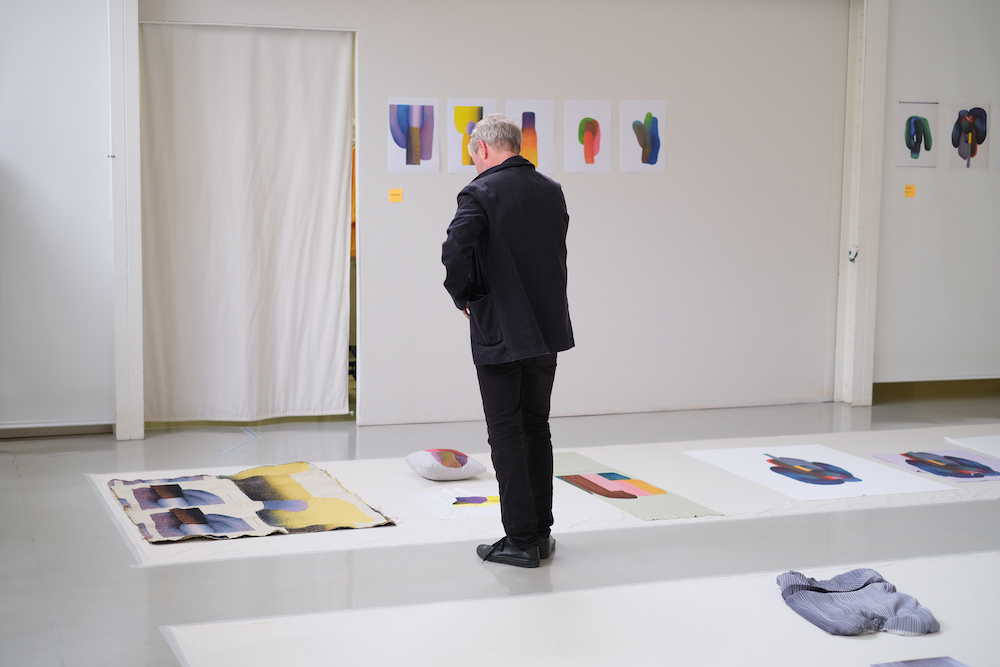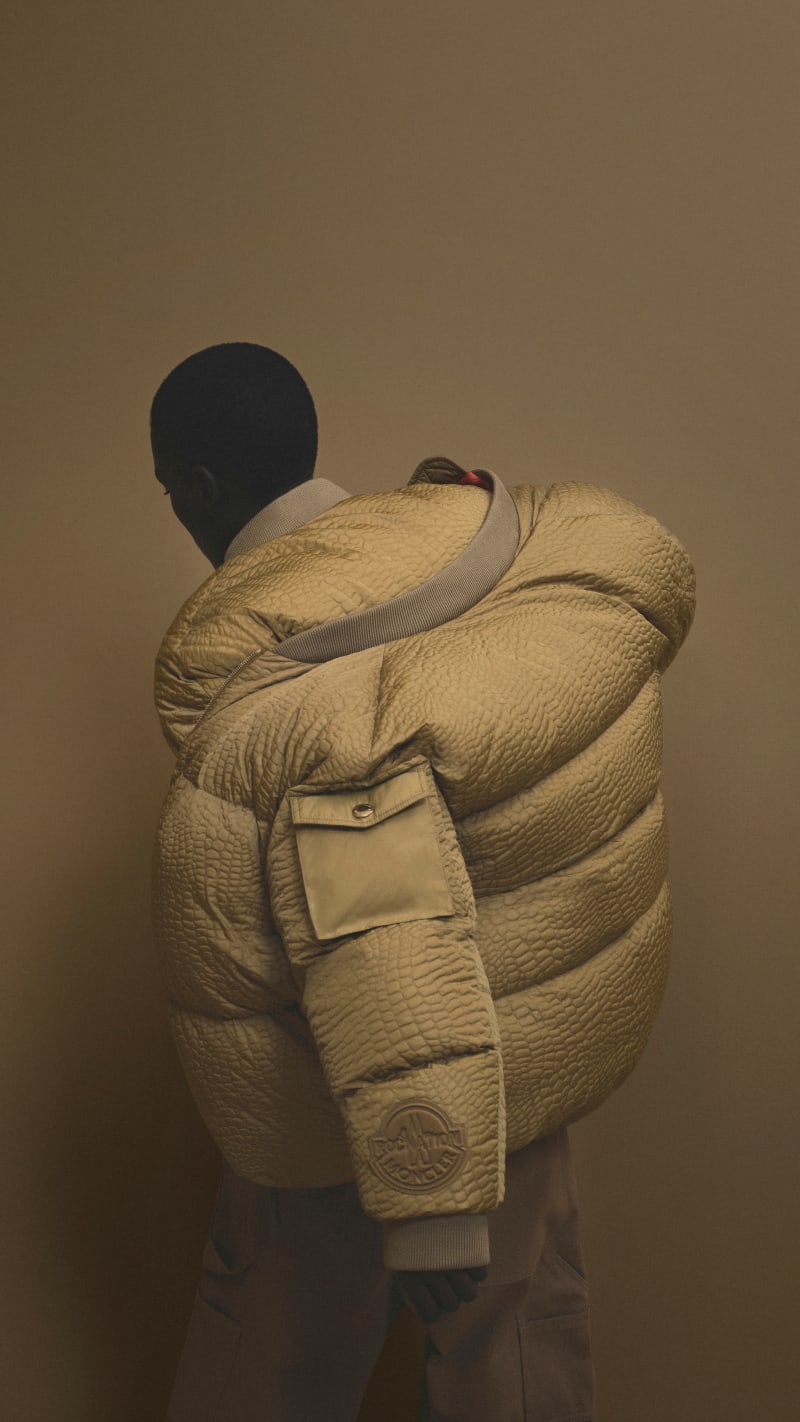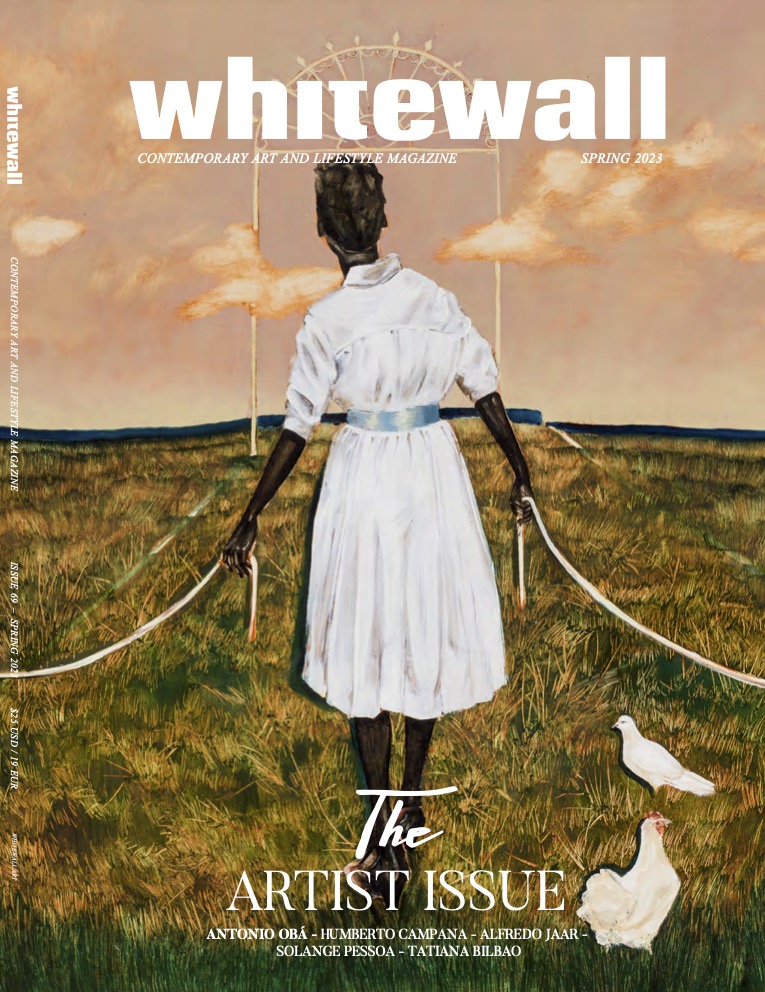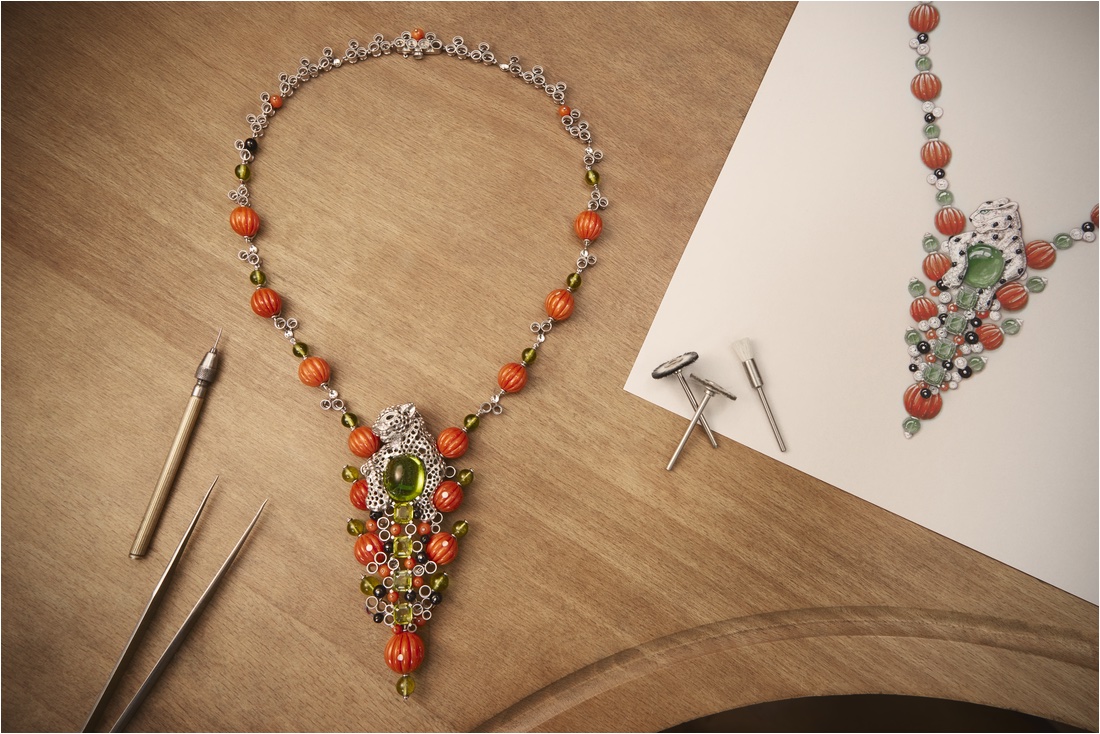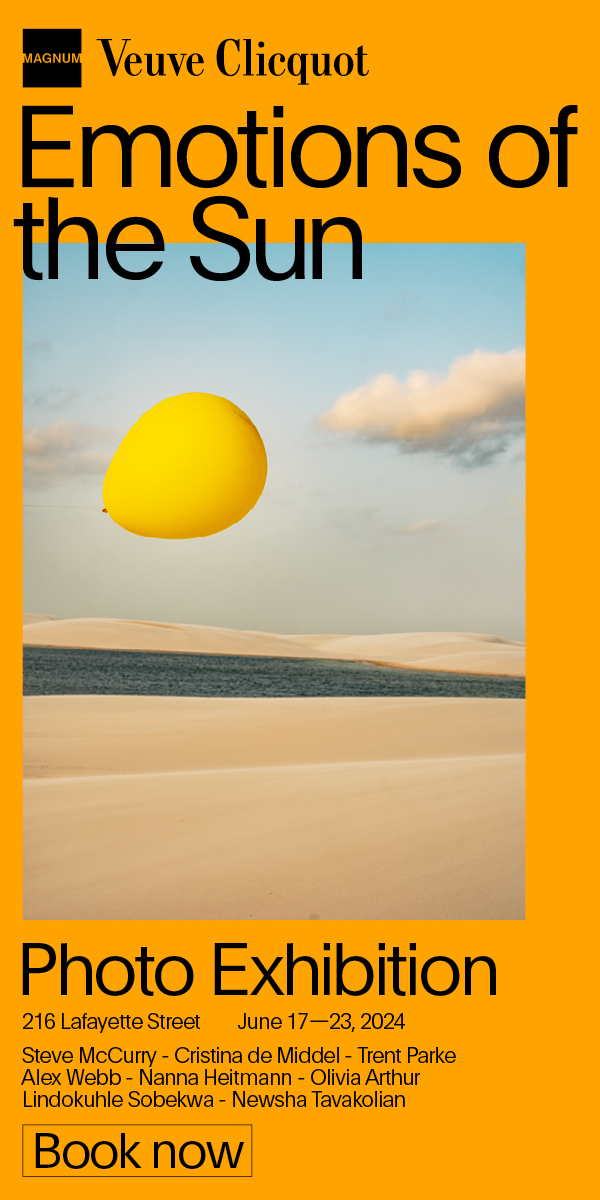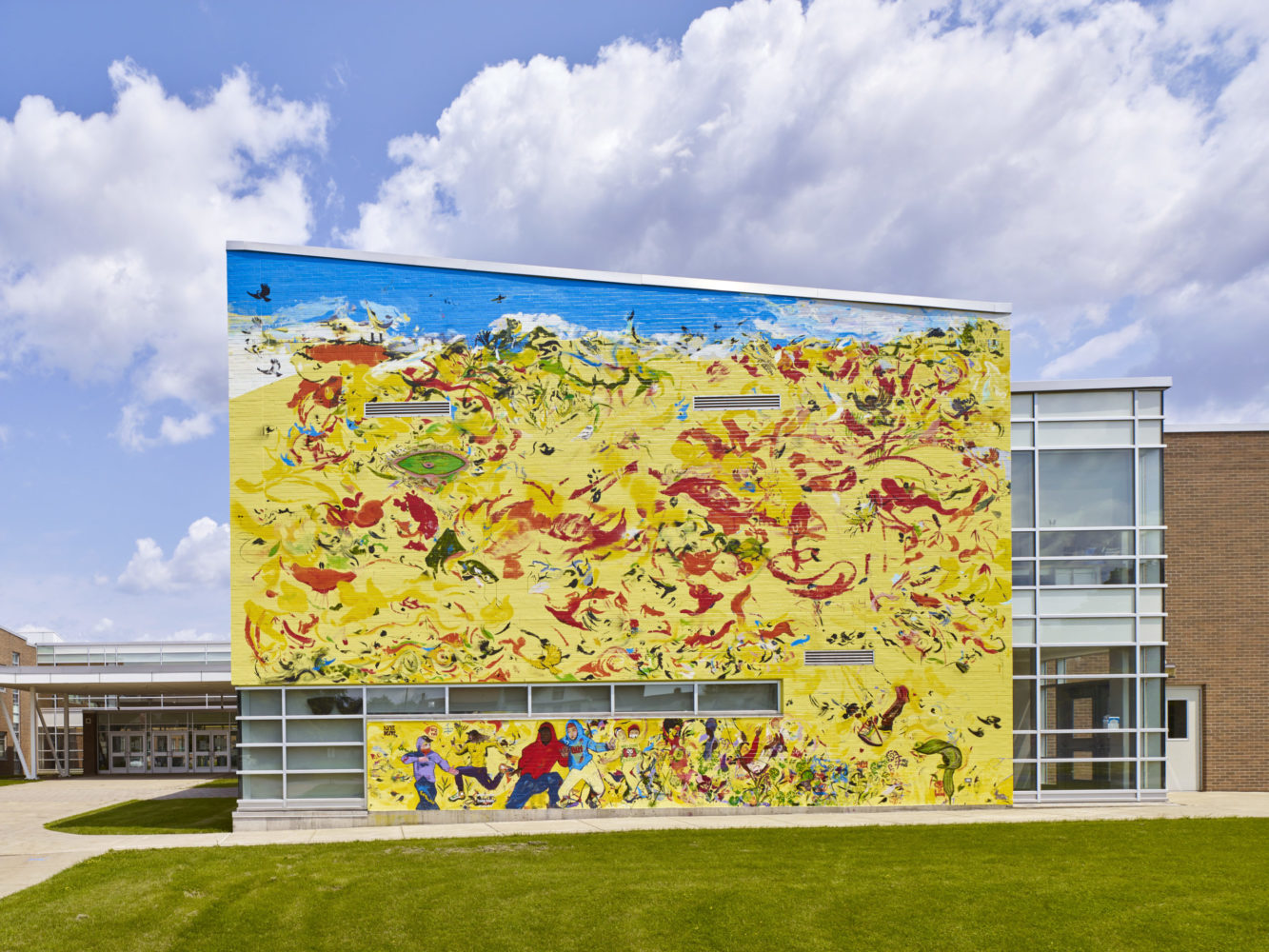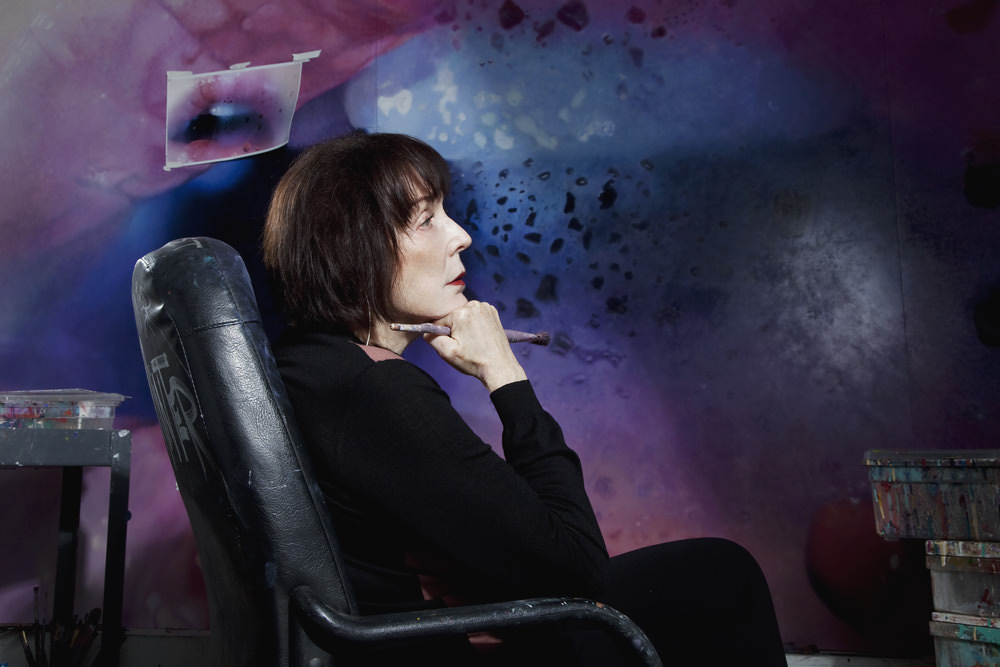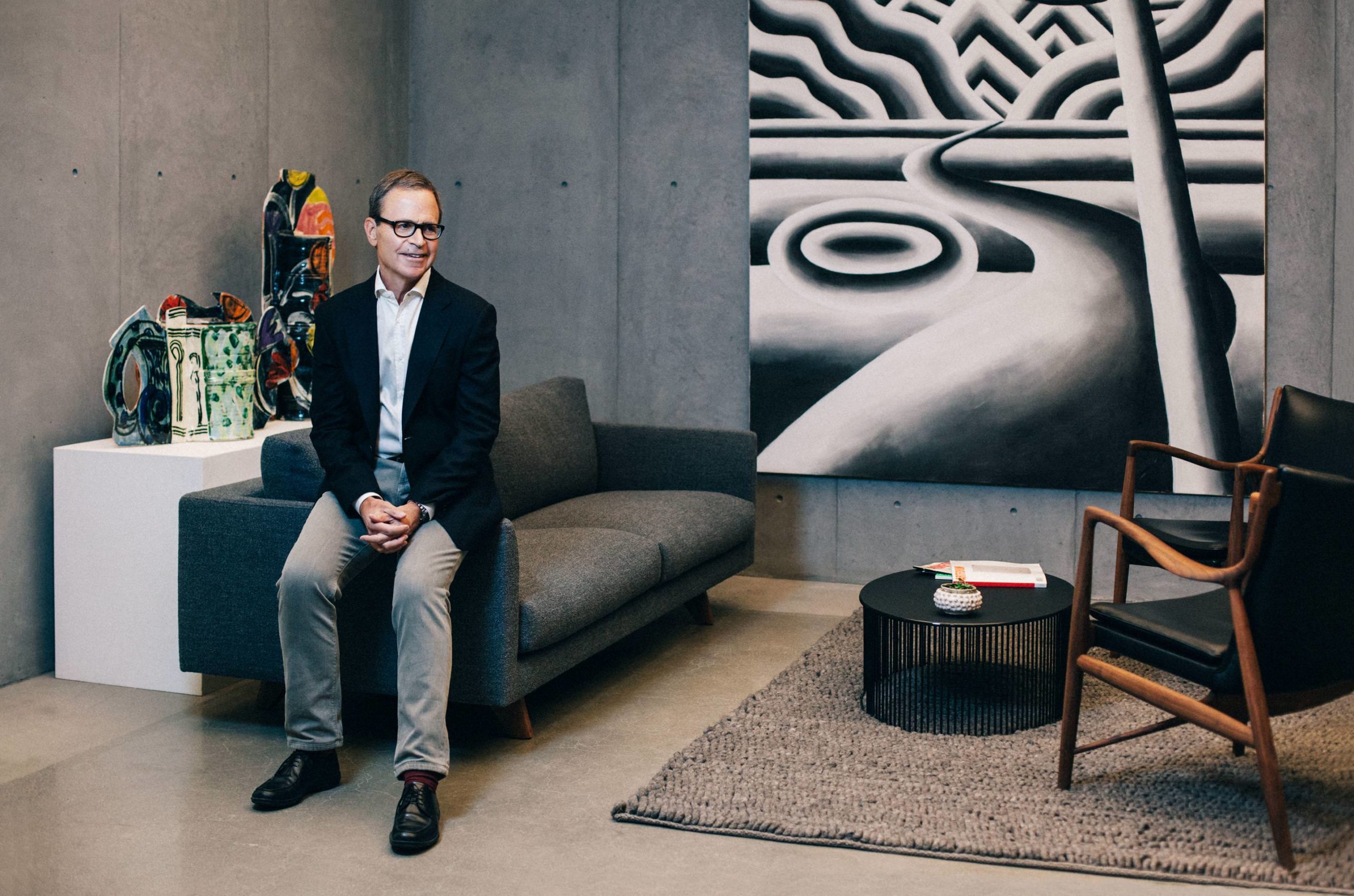For Yeonsu Ju, painting is an alternative to verbal language. Where conversation may leave behind some unarticulated residue, her vibrant canvases convey emotions more completely. Her subjects seem to jostle, moving around to reveal portions of raw linen, creating space for new experiences, meetings, and loves.
Yeonsu began painting in 2017 and, for almost as long, has been inspired by Gijesa, a Korean memorial service in which ancestors are honored with a meal on the anniversary of their death. She often portrays dining scenes, where different versions of herself pour tears, feed each other, use scissors to cut pasta, or melt away. Yeonsu is their host, both in the social and trans-substantive sense; she choreographs the party, and she sees herself as being consumed during the meal. She is creator, participant, and sacrifice.
Whitewall spoke with Yeonsu about her process, her guests, and the endless “what ifs” carried within her work. Elucidating and expanding upon the scenes she depicts, she discusses her paintings as if they are living things that are constantly in motion. Ultimately, they combine specificity and openness in a way that is inviting and unsettling, loving and compulsory—like a family dinner.
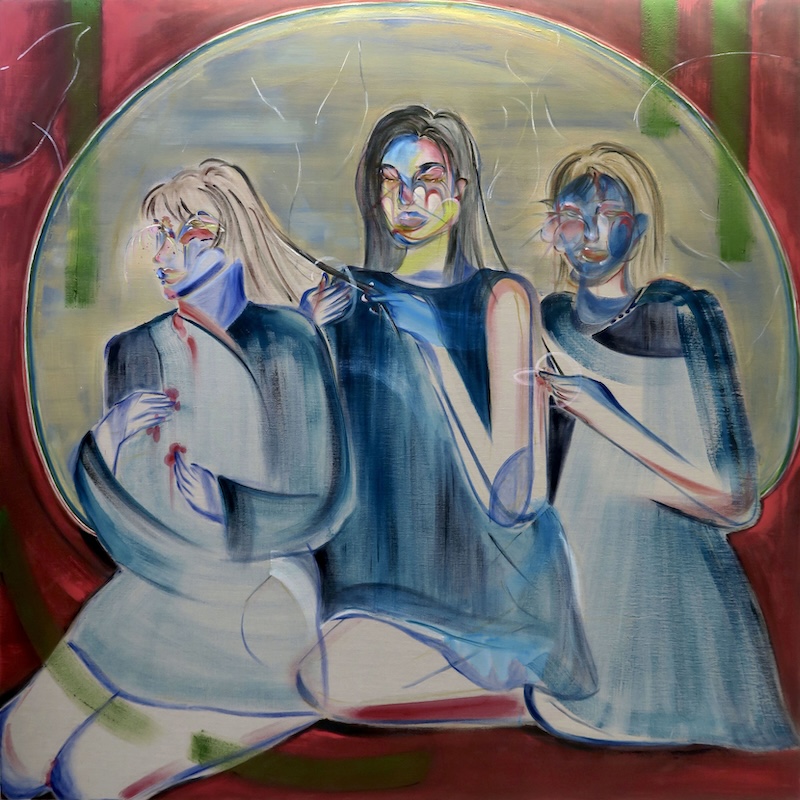 Yeonsu Ju, “Cooking ground,” 2024, 180x180cm, oil on linen, courtesy of the artist.
Yeonsu Ju, “Cooking ground,” 2024, 180x180cm, oil on linen, courtesy of the artist.
WHITEWALL: To start, when did you first start painting?
YEONSU JU: I started oil painting in 2017 in Milan when I was there as an exchange student of sociology.
WW: You studied sociology before taking your degrees in art. What inspired that shift?
YJ: My too-muchness, love for painting (and painting for love) and possibility of finding the language. Painting is a very direct and instant message. I just looked at my old works in 2017 to answer this, and I can tell why I decided to pursue this career. I can still feel all the emotions in there.
“I want to live in your closet”—I once said this to my lover. I used to say this instead of telling him that I wanted to live with him, which motivated my old work Closet. I was never good at speaking my mind through verbal/text language when it comes to love. As Jacques Lacan mentioned, there are things that cannot be signified in text—I always felt there were things left behind, unspoken. At some point, I had to invent my own way to say how much I love you. And I felt painting can be the language that delivers my heart in a way that consensus language cannot do. Or a direct crash into your senses without a command of signifying.
As soon as I saw the possibility of it in painting, I could not resist the urge to go further to see what I can find.
“I felt painting can be the language that delivers my heart in a way that consensus language cannot do,” — Yeonsu Ju
WW: Do you see a relationship between your sociological and aesthetic interests?
YJ: I cannot pinpoint exact influences between the two, but certainly studies about the Frankfurt School, Jacques Lacan, and Jacques Derrida built a basic structure of how I perceive painting.
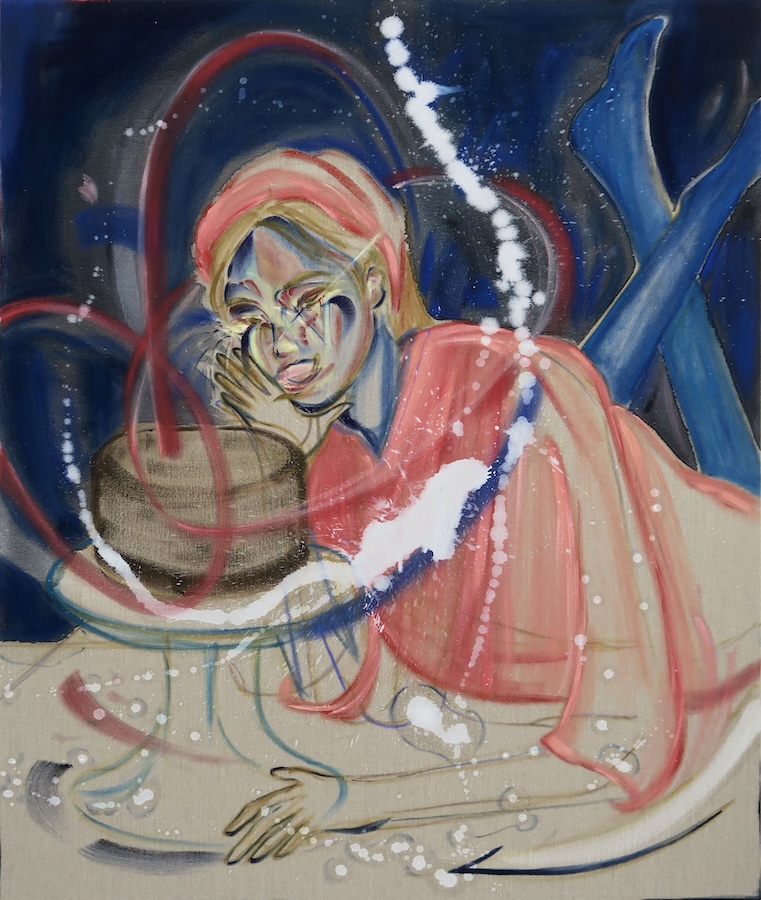 Yeonsu Ju, “Whisper,” 2023, 110x130cm, oil on linen, courtesy of the artist.
Yeonsu Ju, “Whisper,” 2023, 110x130cm, oil on linen, courtesy of the artist.
An Evocative Artistic Practice Influenced by Tradition and New Experiences
WW: You were born in South Korea, and went to school in Seoul—how did being in London influence your practice?
YJ: I think there are two big influences—one is realization of physical/spiritual/cultural distance and difference, and the other is artsy experiences that London can offer.
It is funny that if you live abroad, you come to value your heritage/tradition more. There are some important moments that I have lost and missed as I was here . . .like my granny’s last days and funeral. The idea of Gijesa in my painting appeared around that time—I wished to reach out to her in the most familiar and loving way.
Regarding artsy experience, being in London offers me endless shows to admire beauty of delicacy and excellence. I remember the time I wrote a letter to my friends with excitement about how heartbreakingly beautiful it was, after I first watched Romeo and Juliet by Kenneth MacMillan, performed by the Royal Ballet.
Easy access to world-class performances in London allowed me to bring rhythm, movement, pause/hold, jump/burst, softness/hardness, et cetera.
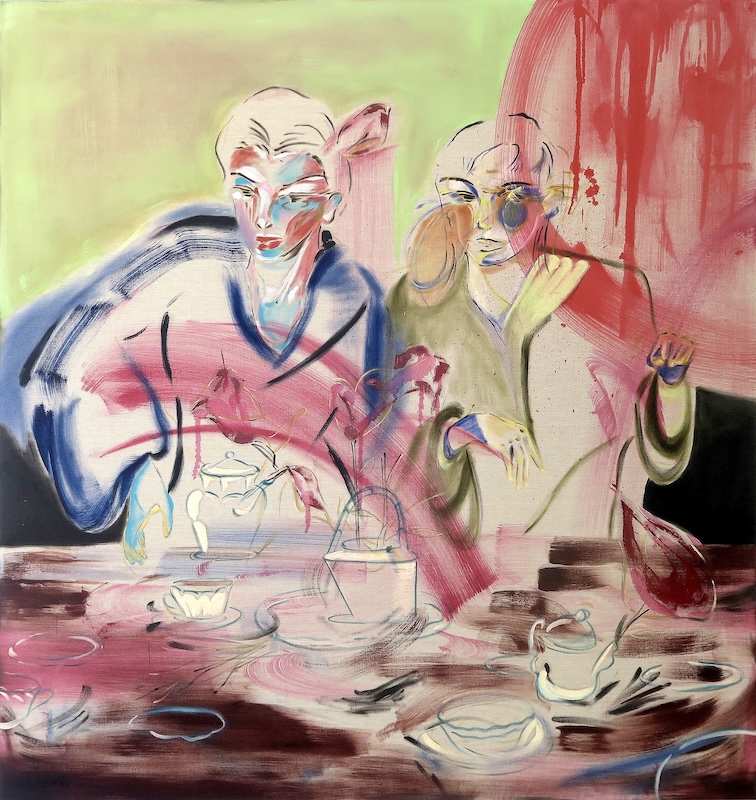 Yeonsu Ju, “Tea room,” 2023, 170x180cm, oil on linen, courtesy of the artist.
Yeonsu Ju, “Tea room,” 2023, 170x180cm, oil on linen, courtesy of the artist.
The Expressive Creative Process of Yeonsu Ju
WW: From what I can tell, you seem to let the surface of the canvas figure into your compositions. Could you tell me about how you begin a painting? What is your process?
YJ: I let it be. My process starts from gazing. I stare at reference images for one to two hours. Every image speaks its own feelings. During this time I get to be in a certain state–like overly confident, fuming in a calm and cold way, or just too sad. When I feel I have digested the image enough, I dive into painting—more like drawing at this stage. Eyebrows and eyes—usually these appear first. Then it grows into a figure with lines. After I successfully set the composition, I start to put colors. At this stage, I try not to treat all space equally to bring rhythm. Facial expression is traces of emotional crash. Some part you hit fast/slow, harsh/gentle, sharp/dull, heavy/light, et cetera while some parts are barely touched. With that movement on the surface that rhythm brought, figures (who I see as an empty vessel carrying desires) can freely come and go on the surface of the painting. So to speak, raw linen functions as entrance and exit for the figures in my painting. Through that, they can appear and disappear. When I feel they sing and dance there, I see the painting is finished.
WW: You have written about how you are inspired by Gijesa. Who are the people you want to honor in your work? Who are the people you invite to your dinners?
YJ: I get inspired by many people that I love(d), but at the end the one I am calling to my dinner is lover(s) in my past and future.
 Yeonsu Ju, “Feeding table,” 2023, 120x150cm, oil on linen, courtesy of the artist.
Yeonsu Ju, “Feeding table,” 2023, 120x150cm, oil on linen, courtesy of the artist.
WW: You have mentioned that you paint yourself into your canvases. To what extent do you feel you are representing different facets of your current self versus exploring different selves you have lived over time?
YJ: Hard to tell, as my current self is wandering the past with endless “what ifs.” But I guess, if I have to choose one, it will be my current self reflecting the fact that my figures are not ashamed of talking about desires anymore.
WW: Your paintings possess a great deal of movement, though your figures cannot be excused from the table. There are moments in your work where it feels as though the objects have more agency than the figures. Do you think there is something compulsory about meals / the act of eating?
YJ: My dinner is forced for both parties—those that are invited and myself. The table works as the last bastion to keep guests with me. In my painting, the figure is the host but also a sacrifice. It is prepared for guests, therefore, not allowed to leave the table. Guests cannot leave as dinner hasn’t finished yet. Before you eat them, you can’t leave. And . . . I believe after they eat them, they don’t want to leave.
 Yeonsu Ju, “Unripe,” 2023, 110x130cm, oil on linen, courtesy of the artist.
Yeonsu Ju, “Unripe,” 2023, 110x130cm, oil on linen, courtesy of the artist.
Learning from Cecily Brown, Francis Bacon, and Gabriella Boyd
WW: There are moments in your work that remind me of Cecily Brown, particularly her banquet scenes. I was wondering if she is someone whose work you think about? And, in general, who are the artists who matter to you?
YJ: Cecily Brown is one of the great artists that I love and think of. I learn different aspects from different artists. For instance, from Cecily Brown, violently fluid paint application. Francis Bacon, for sure (I think he is the one I admire the most), Gabriella Boyd. These three are currently what I am looking at.
From my experience, when I see a great painting, it hits me, and I was not able to think more than anything but the image itself. Similarly, I aim to see and make it as an impression of the scar in my heart, or as if it crash-landed on me.
 Yeonsu Ju, “Brewing summertime sadness,” 2023, 130x160cm, acrylic and oil on linen, courtesy of the artist.
Yeonsu Ju, “Brewing summertime sadness,” 2023, 130x160cm, acrylic and oil on linen, courtesy of the artist.



